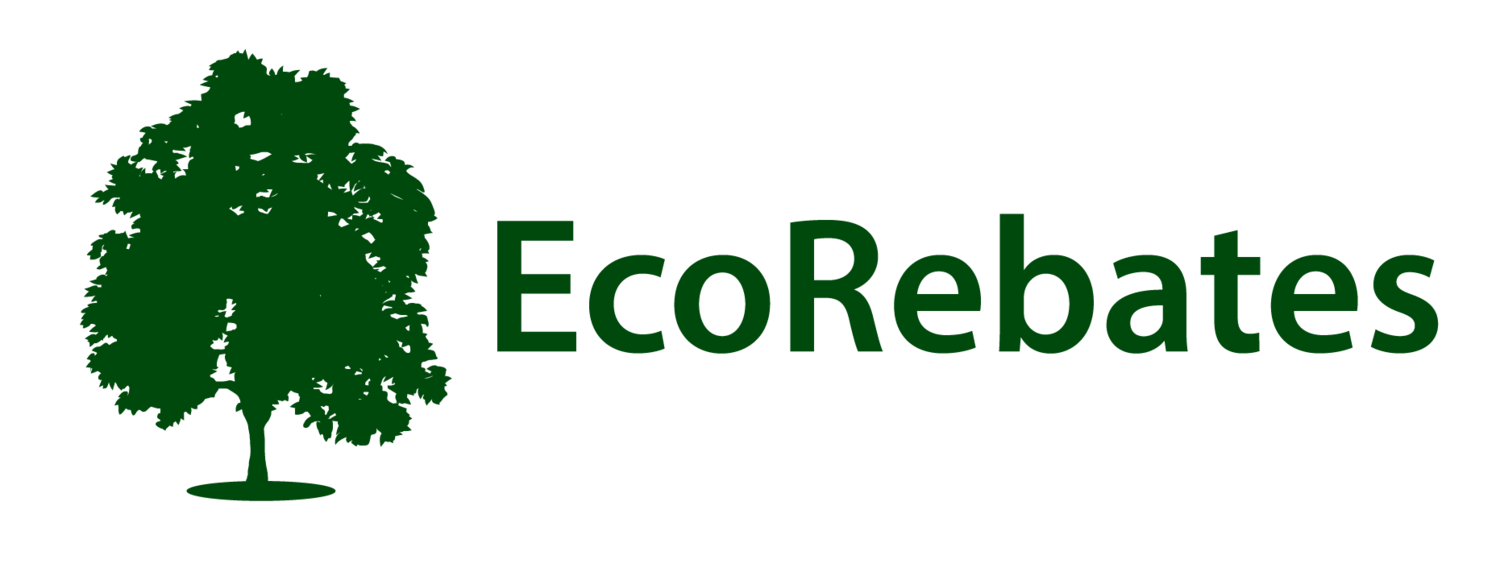PRODUCT RECOGNITION – APPLYING MACHINE LEARNING TO IMPROVE REBATE DISPLAY
We often get asked how our platform validates products for rebate and offer eligibility. When our tools display a local rebate, it’s because our algorithms identified and matched the product SKU and the product specifications to the program’s requirements. This is not a small effort. There are hundreds of thousands of products representing dozens of categories in our system (from beverage coolers to irrigation controllers) and the variety of rebate program requirements and product efficiency standards continue to evolve.
Using a variety of techniques, we build a complete picture of a product and its energy use characteristics. We are always looking for ways to improve this process, especially for challenging categories (e.g., those with complex and/or inconsistent model number conventions).
Our engineering team recently rolled out a project in the area of machine learning (ML). In simple terms, one application of ML is to use a sample set of historic data to predict the characteristics of new, incoming data. The historic data – the sample set – is continually added to so that it becomes better at recognizing nuances or edge cases in the data and thereby learning along the way and improving predictive capabilities for new data. By deploying a ML step in the product ingestion process, we have enhanced our product recognition accuracy for certain categories. As we analyze the improvements in rebate display for these products, we will look to see where we can use this predictive ML for other products as well.
